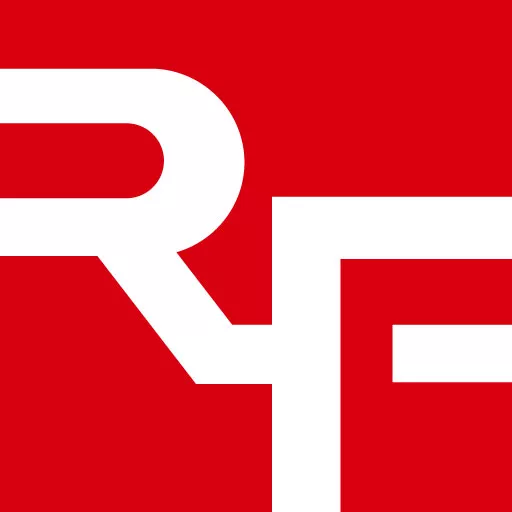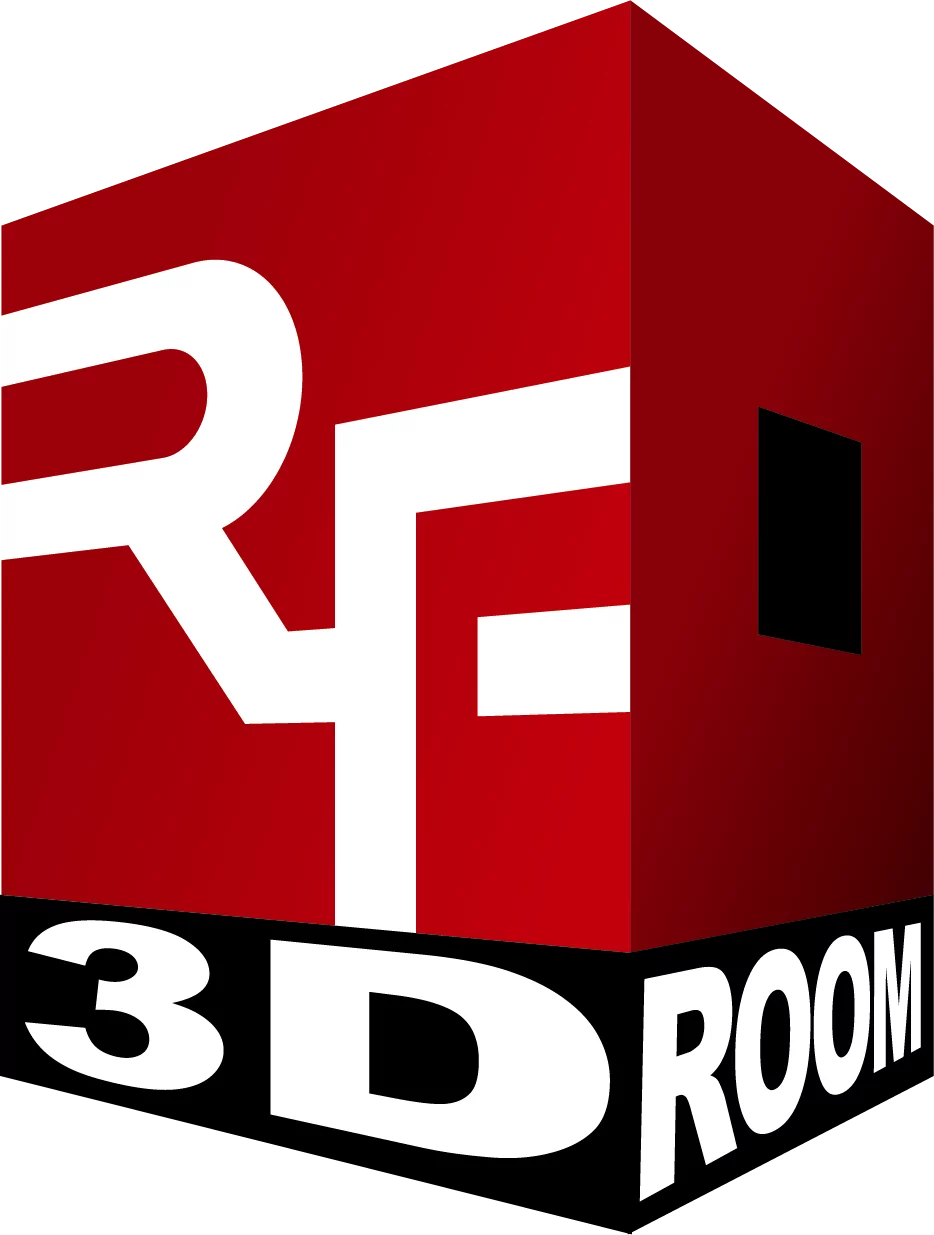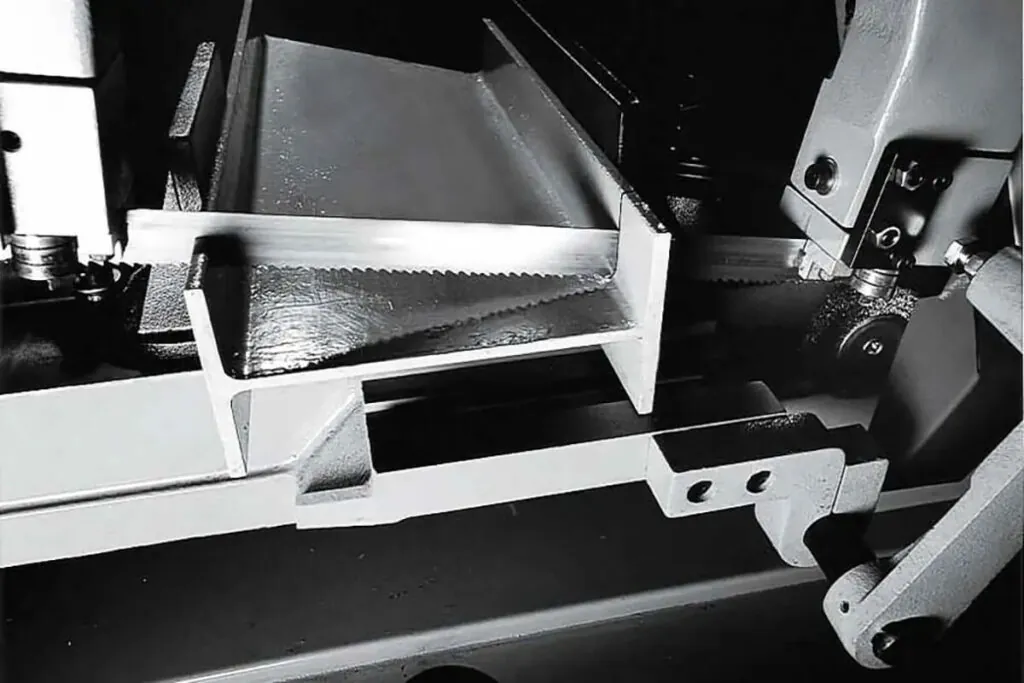Definition of Blade Kerf
Band saw blade kerf refers to the total width of material removed by the blade during a cut, determined by the tooth set pattern and blade thickness. The kerf is usually slightly wider than the blade body to prevent frictional binding, allowing smooth passage through the workpiece. Kerf width affects material yield, surface finish, and cutting efficiency. For example, a wider kerf removes more material and generates more heat, which can increase cutting load and reduce efficiency, while a narrower kerf maximizes yield but requires precise alignment to prevent blade deflection. In industrial metal cutting, kerf control is critical for precision, efficiency, and cost management.
Why It Matters for Band Saw and Mill Drill Machines
Kerf directly impacts both production cost and cut accuracy. In high-volume operations, even a small reduction in kerf width can translate into significant material savings over thousands of cuts. Conversely, an overly narrow kerf increases the risk of blade binding, excessive heat buildup, and premature wear.
The optimal band saw blade kerf must balance clearance, tooth strength, and heat dissipation. A wider kerf provides stability in irregular or hard materials but increases cutting resistance. In CNC-controlled and high-precision cutting, kerf uniformity is essential to achieve tight tolerances, minimize secondary finishing, and ensure consistent part dimensions.
Related Terms
Band Saw Tooth Pitch
Band Saw Set Pattern
Band Saw Blade Tension
Band Saw Carbide Blade Inserts
Band Saw Cutting Speed
Band Saw Feed Rate
FAQ
How does Band Saw Blade Kerf affect cutting efficiency?
Band Saw Blade Kerf influences cutting efficiency by determining the amount of material removed per pass. A wider kerf increases the cutting load, power consumption, and heat generation, while a narrower kerf requires less effort but demands precise blade alignment to avoid binding. For optimal efficiency, kerf should be matched to material hardness, blade type, and machine stability.
Can Band Saw Blade Kerf be reduced without losing accuracy?
Band Saw Blade Kerf can be reduced through narrower blade bodies and optimized set patterns, but machine rigidity and guide alignment must be excellent to prevent deflection. Carbide-tipped blades or precision-ground tooth profiles can allow smaller kerfs while maintaining accuracy, provided that feed rates and coolant flow are properly controlled.
How does tooth set pattern influence Band Saw Blade Kerf?
Tooth set pattern determines the lateral offset of teeth from the blade body, which in turn defines the kerf width. Alternating, raker, or wavy set patterns each create different kerf profiles. A more aggressive set increases kerf and clearance, which benefits chip evacuation but raises cutting load.



